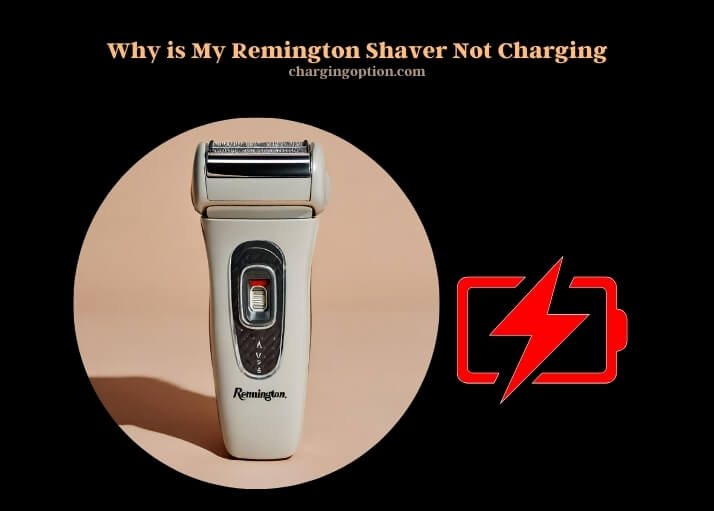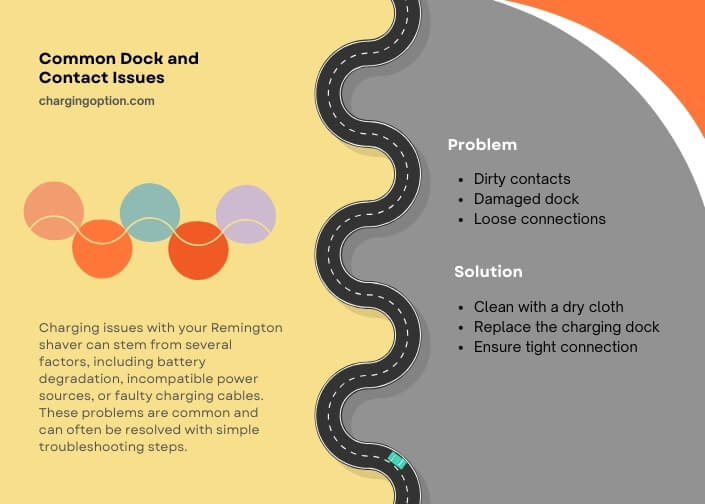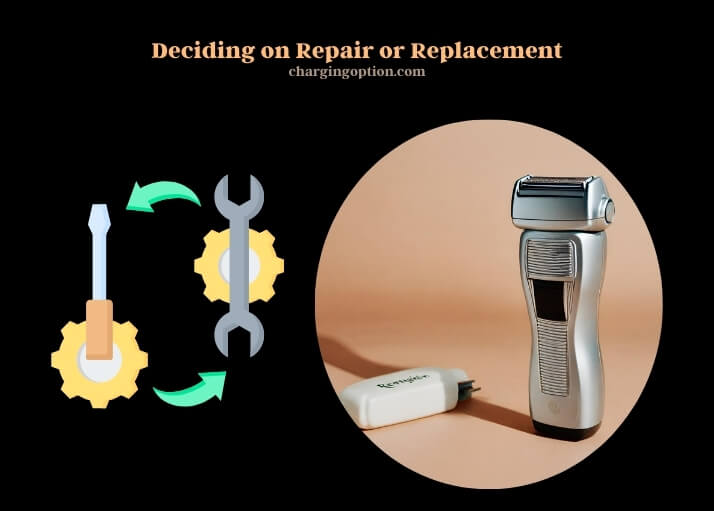Charging issues with your Remington shaver can stem from several factors, including battery degradation, incompatible power sources, or faulty charging cables. These problems are common and can often be resolved with simple troubleshooting steps.
A Remington shaver may fail to charge due to a variety of reasons that extend beyond the immediate charging unit. Over time, the internal battery of the shaver can wear out, losing its ability to hold a charge effectively. This is a natural occurrence in all rechargeable batteries, influenced by the number of charge cycles and the age of the device.
Using an incorrect or damaged power adapter can prevent the shaver from charging, as can a misalignment or dirt on the charging dock and the shaver’s contacts. Environmental factors also play a role; extreme temperatures can affect battery performance and charging capability. Regular maintenance, including cleaning the shaver and its charging dock, using the correct charger, and storing the device in a moderate environment, can help mitigate these issues.
In cases where the shaver continues to malfunction, it may indicate a need for professional repair or replacement, especially if the device is out of warranty or has sustained visible damage. These potential problems and how to address them can help ensure your Remington shaver remains in good working condition, providing reliable service for your grooming needs.

Key Reasons Behind Charging Failures
Many users face challenges with their Remington shavers not charging, often due to battery degradation, faulty charging cables, or incompatible power sources. Rechargeable batteries lose their efficiency over time, affecting their ability to hold a charge.
It’s crucial to use the correct charger and verify that the power source is compatible and operational. Regular inspection and maintenance can prevent these issues, ensuring the shaver remains functional for longer periods.
Dock and Contact Maintenance
Ensuring your Remington shaver charges correctly involves regular cleaning and maintenance of the charging dock and electrical contacts. Dirt and debris can accumulate, hindering the connection necessary for charging. It’s advisable to clean these contacts with a dry cloth to maintain a good connection. Inspecting the dock for damage and ensuring all connections are secure can prevent charging issues.
Common Dock and Contact Issues
| Problem | Solution |
| Dirty contacts | Clean with a dry cloth |
| Damaged dock | Replace the charging dock |
| Loose connections | Ensure tight connection |

Firmware’s Role in Shaver Performance
Firmware updates can significantly impact your Remington shaver’s charging and performance capabilities. Manufacturers release updates to fix bugs, including charging problems, and enhance functionality. Checking for and installing these updates can resolve existing issues and improve the overall performance of your shaver.
Environmental Impact on Charging
The charging process can be influenced by environmental factors such as temperature and humidity. Storing your shaver and its charging unit in conditions that are too hot or cold can affect battery life and charging efficiency. Maintaining an ideal environment for your shaver, away from extreme temperatures, ensures optimal charging and prolongs battery life.
Deciding on Repair or Replacement
Recognizing when your Remington shaver needs professional repair or replacement is vital. Consider the warranty coverage, and weigh the cost of repairs against the price of a new shaver. Contacting customer support for assistance can provide guidance on the best course of action.

Repair vs. Replacement Costs
| Service | Average Cost |
| Battery replacement | $30-$50 |
| Charging dock repair | $20-$40 |
| New shaver purchase | $50-$150 |
FAQs
Is Your Power Adapter Compatible?
Using an incompatible power adapter can be a common oversight leading to charging issues with your Remington shaver. Each shaver model may require a specific voltage and current, which means using a different adapter than the one provided could result in insufficient or excessive power supply, preventing the shaver from charging properly.
Always check the specifications on your shaver and compare them with the adapter’s output. If they don’t match, this could be the root of your charging problems. Using the correct adapter ensures your shaver receives the right amount of power for efficient charging.
Could It Be a Faulty Battery?
Over time, the lithium-ion batteries in Remington shavers can wear out and lose their ability to hold a charge. This degradation is a natural process that occurs with all rechargeable batteries. If your shaver is older and has been used extensively, battery wear could be why it’s not charging.
Unlike some other issues, a worn-out battery usually requires professional replacement due to the complexity of the shaver’s design, which is not intended for user-serviceable battery swaps. Contacting Remington support for battery service or considering a new shaver might be necessary.
Is the Shaver Properly Seated in the Charging Dock?
Sometimes the simplest explanation is the correct one. If the shaver is not properly aligned or fully seated in its charging dock, it won’t charge. This misalignment can be due to obstructions like hair or debris in the dock or on the shaver itself. Regularly cleaning both the shaver and the dock can ensure a good connection.
Make sure the shaver clicks into place or sits firmly in the dock, indicating a proper connection. This simple check can often solve what seems like a more complex charging issue.
Have You Checked for Software Glitches?
Like any modern electronic device, your Remington shaver operates using software that controls its functions, including charging. A glitch in the software can cause the shaver to fail to charge. Sometimes, resetting the shaver can clear these glitches and restore normal operation.
Consult your shaver’s manual for instructions on how to perform a reset. This process typically involves holding down a combination of buttons for a few seconds. A reset can resolve temporary software issues that might be preventing charging.
Is There Damage to the Charging Port?
Physical damage to the shaver’s charging port can prevent it from charging. This damage can occur from dropping the shaver, improper handling, or attempting to force the charger into the port incorrectly.
Inspect the charging port for any signs of damage or debris that might obstruct the connection. If the port is damaged, it may require professional repair. In some cases, the cost of repair might lead you to consider whether a replacement shaver is a more economical option.
Are You Using the Shaver in the Right Environment?
The environment in which you charge your shaver can affect its charging capability. Extreme temperatures, both hot and cold, can impact the battery’s ability to charge. Charging your shaver in a room with moderate temperature is ideal.
Avoid leaving the shaver in places like a cold garage or a hot bathroom for extended periods. The battery performs best and charges more efficiently when the shaver is used and charged in environments that are not too far from room temperature.
In summary, addressing a Remington shaver’s charging issues involves understanding the common causes, maintaining the charging dock and electrical contacts, updating firmware, considering environmental impacts, and knowing when to seek professional repair or opt for replacement. Proper care and maintenance can significantly extend the life of your shaver, ensuring it remains a reliable tool in your grooming kit.
